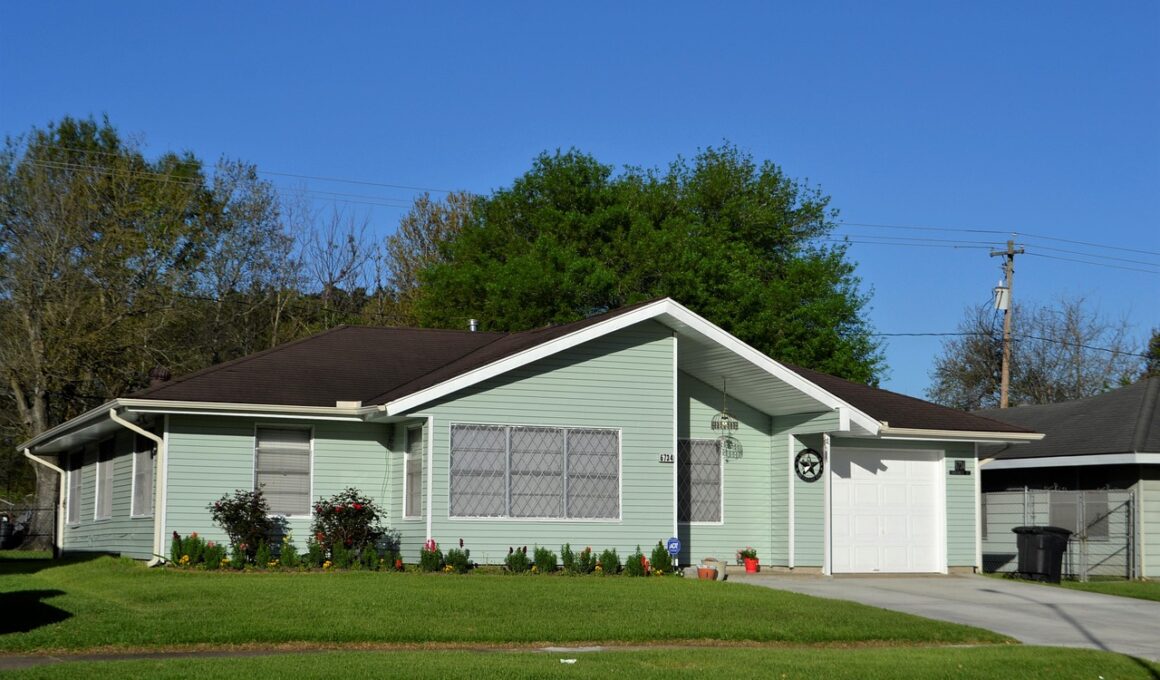How to Choose Affordable Neighborhoods Without Sacrificing Quality
Choosing an affordable neighborhood demands careful consideration of various factors that impact both your finances and lifestyle. Start by analyzing cost-of-living indices in different areas, as these will give you a clearer view of housing expenses compared to your income potential. Use online calculators that can help you to visualize the difference in grocery, healthcare, and transportation costs among neighborhoods. It’s essential to align this information with your budget constraints to ensure you do not overstretch your finances. In addition, consider the quality of public services like schools and healthcare facilities, which influence your overall quality of life in that community. Networking with local residents and visiting prospective neighborhoods can provide on-the-ground insights that indexes might miss. Though some areas may attract lower rent due to their affordability, assess if the socio-economic environment meets your expectations. Investigate crime rates and the overall safety perceptions of the area, which can significantly impact your peace of mind. Always compile a list of pros and cons after evaluating distinct neighborhoods against your criteria.
When examining potential neighborhoods, one crucial factor is the commute to your workplace. Understanding your travel time, transportation options, and associated costs can greatly influence your quality of life. You might save on housing but lose time and energy commuting long distances. Investigate if public transport is readily available and if there are bicycle paths or walking routes for added convenience. Moreover, determine how your commute will fit into your daily schedule. Consider traffic patterns and alternative routes. A neighborhood that appears affordable might become less optimal if the commute turns out to be constantly taxing. Additionally, examine local job markets; it might be beneficial to reside where employment opportunities are plentiful. Investigating job trend reports and growth indicators in these neighborhoods offers insight into the sustainability of your living choices. Furthermore, prioritize locations near your friends or family if social connections matter to you. Having your support network nearby can boost emotional wellness, providing a better balance between work, family life, and financial stability.
Assessing Amenities and Lifestyle
Your choice of neighborhood should also revolve around the amenities that align with your lifestyle preferences. Think about what’s essential to you, such as parks, gyms, shopping centers, and community centers. Affordable neighborhoods may provide perfect access to recreational facilities without burning a hole in your pocket. Consider whether you prefer a vibrant nightlife, quiet suburban settings, or a combination of both. This aspect of living can greatly affect your overall happiness and satisfaction with your home. Evaluate local interest groups and community activities; neighborhoods that foster a strong sense of community often bring people closer, enriching your living experience. Local events such as farmers’ markets, art fairs, or open mic nights can significantly enhance social interactions. Additionally, assess the diversity available within a community, particularly if you seek exposure to various cultures and ideas. Think of whether the neighborhood’s vibe fits your interests. When you find a neighborhood that aligns well with your lifestyle, you can strike a perfect balance between affordability and satisfaction.
While considering affordability in a neighborhood, it is important to check the housing market trends to ensure you are making wise investments. A property’s potential appreciation should be part of your strategy. Researching the historical price trends in the area can reveal the potential for long-term financial gain. It can also help pinpoint neighborhoods experiencing renovations or developments that might drive property values upward. However, don’t depend solely on historical data; being aware of future plans like new shopping centers or parks can also sway your decision. Prioritize neighborhoods where essential infrastructure is improving, as this will likely enhance the quality of living. Additionally, don’t ignore the age of properties, as older homes might lead to higher maintenance costs. Consider the condition of houses and factors like zoning regulations, which can affect your plans for modifications. Once you gather all this information, formulate a plan to monitor each property type to compare the maximum benefits against costs. Following these practices can empower you to choose wisely between affordable options without losing sight of future gains.
Understanding Neighborhood Demographics
Understanding the demographics of a neighborhood is crucial in making informed choices. Pay attention to factors like age distribution, cultural diversity, and economic backgrounds of residents, as these will paint a picture of the community’s social fabric. A demographic that aligns with your own values and lifestyle can greatly affect your comfort level in a neighborhood. Finding a balanced mix of families, young professionals, and retirees might create a friendly, supportive atmosphere. Use platforms that offer demographic data to help analyze various neighborhoods quickly. Knowing the predominant age group may help determine your potential social networks and local hangouts. For families, schools value is a prime consideration, while young singles may focus more on nightlife. Similarly, elderly populations may prioritize tranquility and healthcare access. Attempt to visit at different times of the day to experience various aspects of community life effectively. Interacting with neighbors during your visits and surveying local businesses can yield valuable insights. Overall, understanding neighborhood demographics can enhance your decision-making process significantly.
Another essential element is evaluating the potential for community development as a measure of future growth. Speak with local institutions, community advocacy groups, or attend city council meetings to gauge the future of your prospective neighborhood. Areas under redevelopment often provide incredible opportunities for affordable living while enhancing quality over time. Keep an eye on infrastructure projects, such as new schools, hospitals, or transport links, which may set the stage for area improvement. Additionally, consider how the local government plans to invest in public works and community programs that promote a better standard of living. Read local newsletters or community bulletins that can provide news on development plans and updates on city improvements. Engaging with local real estate experts can offer insights into market expectations and guidance on property investments. Understanding these dynamics is essential for making lasting choices. Your aim should be to identify neighborhoods ripe for development that will elevate the living experience without sacrificing your quality of life or exceeding your budget constraints.
Final Considerations
In summary, choosing an affordable neighborhood without compromising quality involves a multi-faceted approach to evaluation. Factors like commute times, amenities, safety, and community engagement play a crucial role in determining your ultimate choice. It’s vital, therefore, to engage in thorough research and maintain flexibility during your analysis. Be open to exploring various options, as you may discover hidden gems that fit perfectly within your criteria. Compiling a list of essential features versus desirable aspects can simplify decision-making processes. Assessing the importance of different factors uniquely tailored to your lifestyle will also lead to a more satisfying outcome. Whether through digital resources or person-to-person interactions, leverage all available tools at your disposal. By following these guidelines, you ensure that you will not only save on housing costs but also find a community where you can thrive. As you embark on this exciting journey, remain patient and strategic; the ideal neighborhood is out there, waiting for you to uncover it and make it your home.


